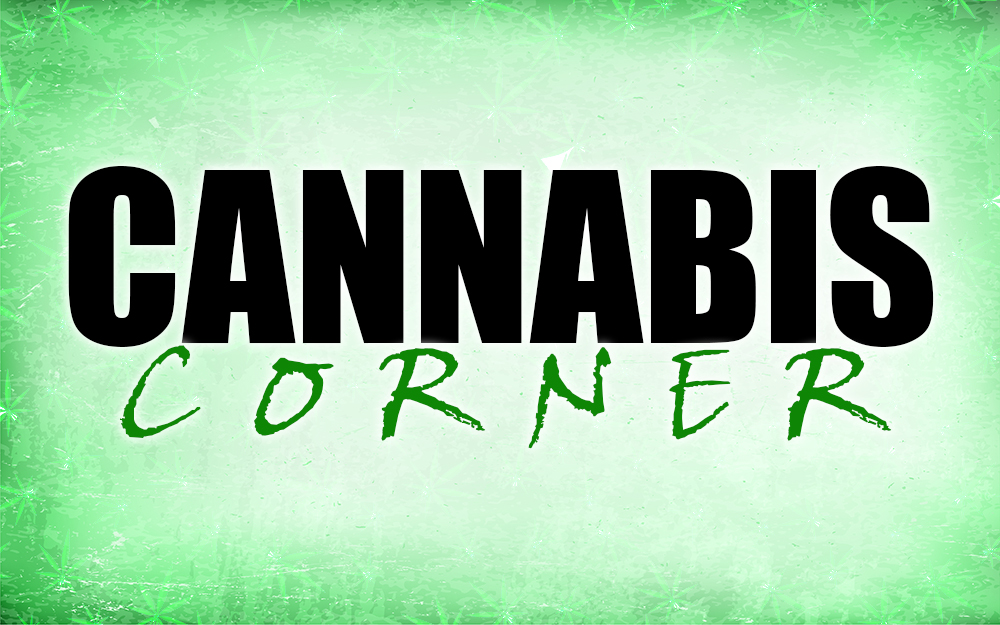
BY MICHELLE ANN RIZZIO
Looking back on 2019, I am amazed by the advancements in cannabis/marijuana science that has changed current practice. In January there was resistance to receiving education by hospices home health agencies outpatient clinics and hospitals. Dispensaries had very few medicinal products, state and federal governments vetoed bills, businesses were being kicked off PayPal and other banking apps. America still had concerns about legalization for recreational use, children suffering from major diseases who use cannabis were required to be home schooled. Patients going to medical institutions had to stop their cannabis use for pain nausea vomiting or seizures, and a vape crisis sent waves of government legislators enacting bans on all vape pens.
Statistics lag. The latest from 2017 shows there are over 55 million users almost as many users of cigarettes (59 million). In CA there are 915,845 users of cannabis. Maine and California have the highest number of medical cannabis users.
Physicians for several years no longer prescribe opiates even for acute pain post-surgery leaving patients with no option for their chronic pain and suffering and disapproving of the cannabis alternative. Insurance companies stopped reimbursing for opiates, even practicing the cruelest policy of limiting the quantity of opiate supplies in stock for pharmacies who dispense to terminal patients contradicting the government’s policy of waving these restrictions for hospice.
Now at the end of the year with state nurse licensing boards publishing marijuana guidelines more medical providers are recognizing their educational responsibility asking for lectures on cannabis and palliative care. One oncology clinic has a kiosk in their clinic that allows patients to purchase products and receive medical guidance during their chemo treatment.
The vape crisis exploded in June when Kings County, California first reported seven cases where people affected with Acute Respiratory Distress Syndrome (ARDS) had purchased vaporizer cartridges from unlicensed “pop up” dispensaries. The New England Journal of Medicine published a communication from several doctors who reviewed lung biopsies from 17 patients. None of their cases showed histologic evidence of exogenous lipoid pneumonia and no radiologic evidence has been found. The CDC is still not able to determine a single cause of the vaping associated lung injuries or deaths.
Dispensaries in December have changed since January. Responding to the market we now have lounges attached to dispensaries that provide a safe comfortable place to ingest cannabis socially, watch TV, receive lectures, hold events and become a permanent fixture in the community. A study done by James Cochlen shows single family property values have risen to 8.4% if located within 0.1mile from a dispensary.
A study published in Regional Science and Urban Economics, September 2019, shows an additional dispensary in a neighborhood leads to a reduction of 17 crimes per month per 10,000 residents, which corresponds to roughly a 19 percent decline relative to the average crime rate over the sample period.
Other exciting changes since January are the new laws allowing parents to come to school and administer medical cannabis to their children. This development allows children with major diseases like seizures or cancer to remain in school instead of being home schooled.
The federal government is softening on regulation. In September, the House overwhelmingly passed the SAFE Banking Act, which would end federal rules that prevent banks from offering financial services to state-legal cannabusinesses. The bill was approved by a bipartisan vote of 321-103. President Trump stated he would sign the law if it reached his desk.
Dispensaries offer more medicinal products developing wellness clinics with chiropractors who treat patients with the broad-spectrum cannabis now sold everywhere since the passage of the farm bill. In my practice I find an increased response to consultations on medical cannabis as users find self-titration complicated.
In summary I look back at where we were in January and realize we have come a long way in dispelling the myths about cannabis. The future is bright for this sacred plant. I look forward to new discoveries.
Happy New Year to my CV Weekly readers.
Ruth Hill lectures and consults through holisticcaring.com email at hilruth@gmail.com










































